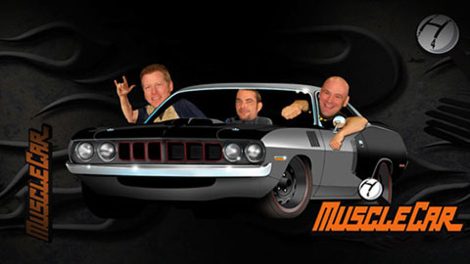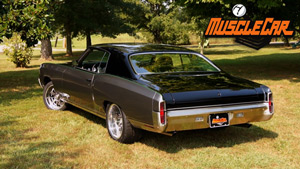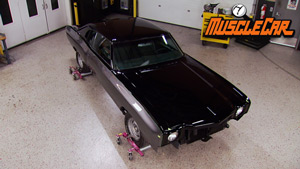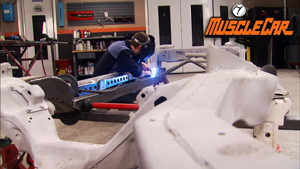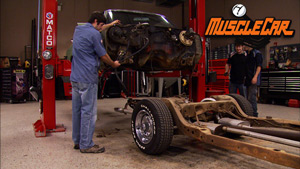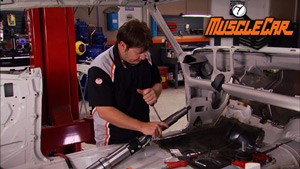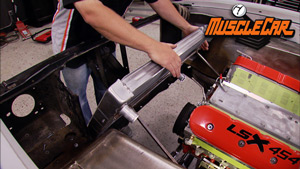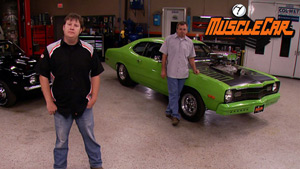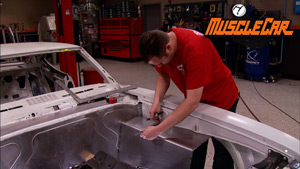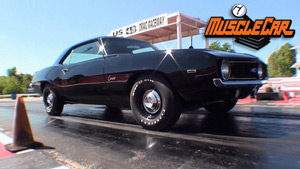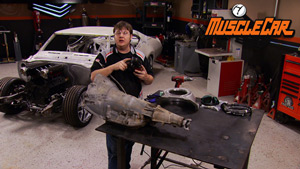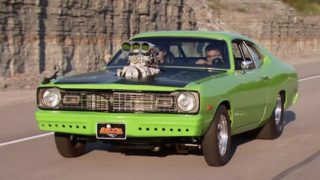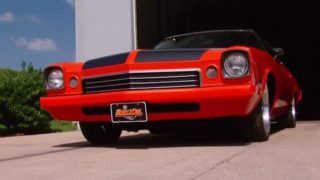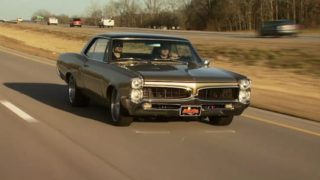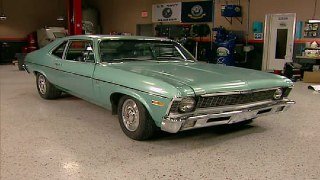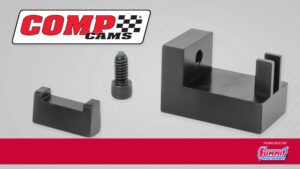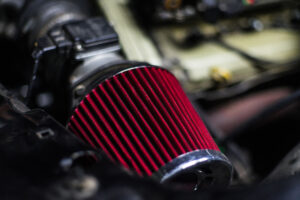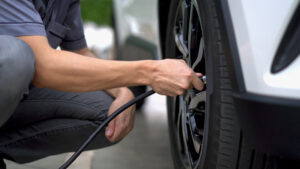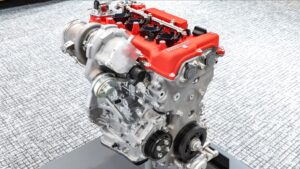MuscleCar Builds
Want more content like this?
Join the PowerNation Email NewsletterParts Used In This Episode
Gateway Tire
Tire Mounting and Balancing
MHT Luxury Alloys
18x8 and 18x10 Foose Classic style Challenger series wheels.
O'Reilly Auto Parts
Oil pan gasket
O'Reilly Auto Parts
Transmission mount
O'Reilly Auto Parts
Accel shorty header plugs
Sean Hyland Motorsport
Custom fabricated core support.
XV Motorsports
Front Suspension XV Custom Valved Aluminum Body Monotube Adjustable Coil-Over Shock Absorbers - 100% Dyno Tested <br>XV Aluminum K-Member <br>XV Aluminum Upper Control Arms <br>Aluminum Lower Control Arms <br>Aluminum Spindles w/ Large Bearing Hubs <br>Aluminum Variable Rate Quick Ratio Power Rack & Pinion Steering<br>XV Aluminum Bump Steer Kit<br>Upper Control Arm / Upper Coil-Over Shock Mount<br>XV Spec Tubular Splined Anti-Roll Bar w/ Billet Arms<br>XV Billet Mounts For Ant
XV Motorsports
XV Laser Cut Sub-Frame Connectors.
